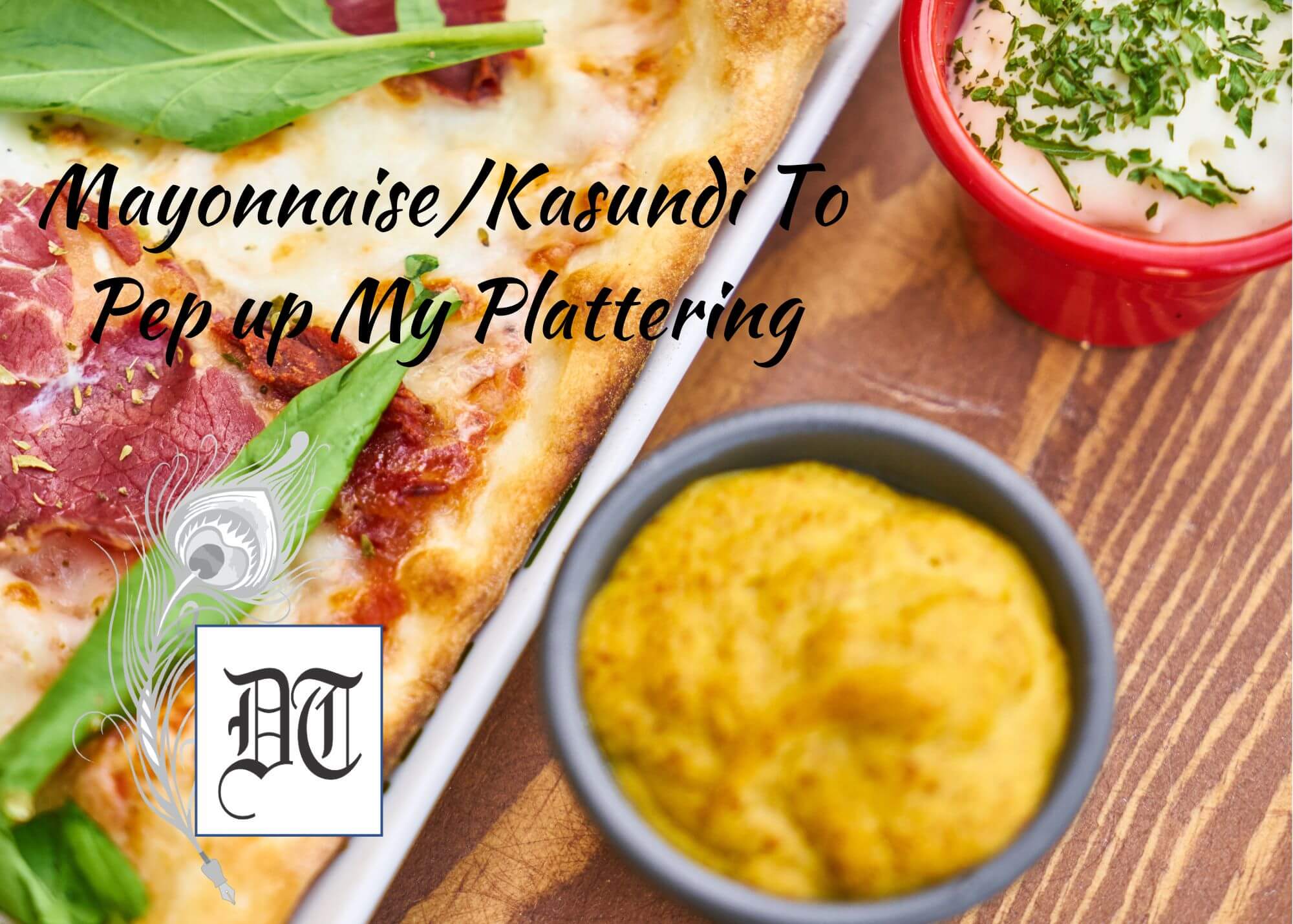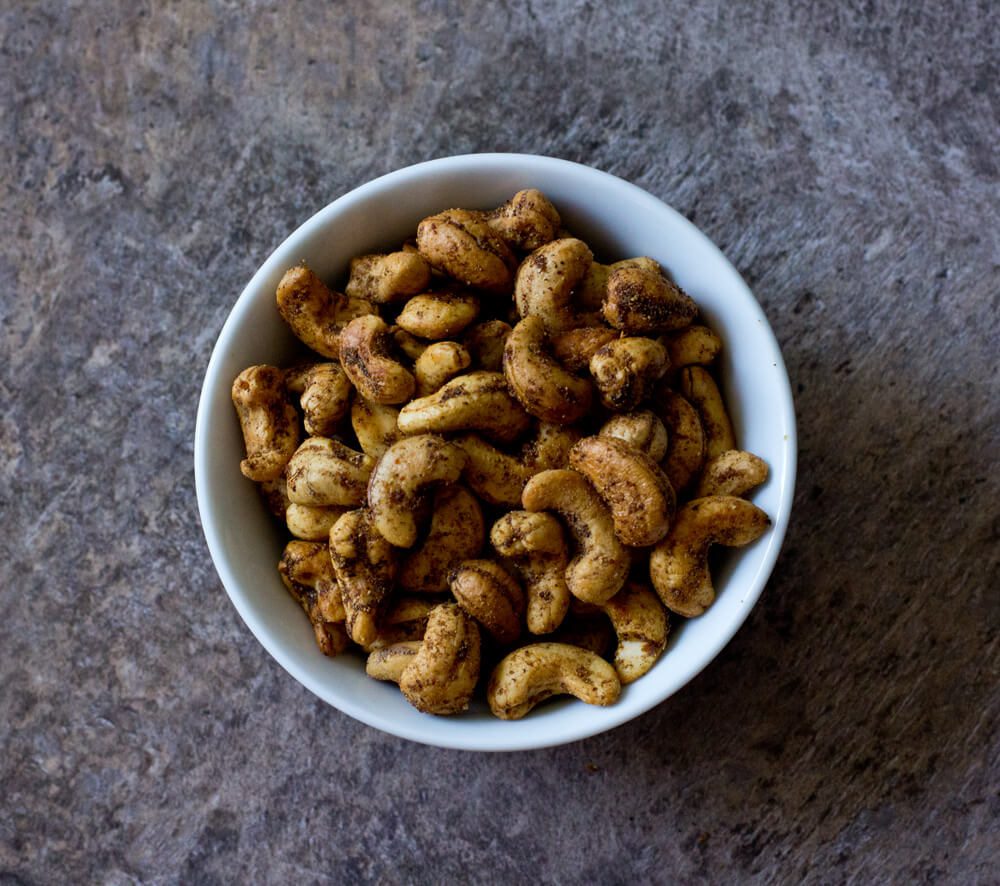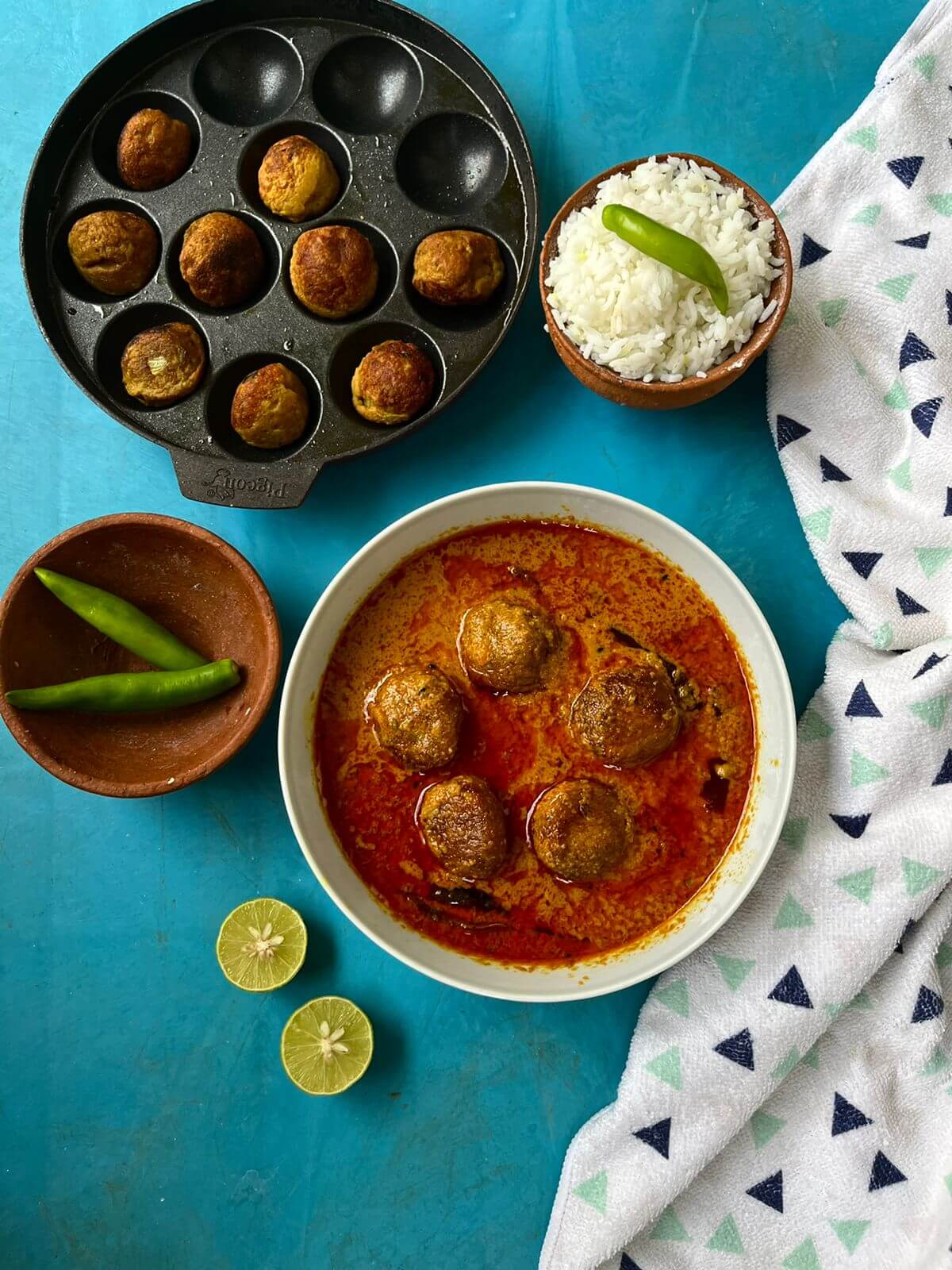The Moroccan traveller Ibn Batuta stated that kebab was an important part of the food partaken by Indian royalty as far back as 1200 AD. The kebab that the Afghan plunderers and invaders brought to Indian kitchens, emphasised more on marinade and the char grilled pieces of meat were chewy and rustic, cooked in open mud ovens. The Mughals brought in a certain finesse with richer dry fruits and aromatic spices making it more succulent and softer. Lily tells us the story of succulent kebabs, in the weekly column, exclusively for Different Truths.
If you walk through New York’s East side, scouting around for something to eat, you may be wonder struck by the variety of push carts or shops selling meat on the stick. That set me wondering how so many different cultures ate a similar kind of food. The Indian subcontinent loves kebabs of all shapes and sizes.
My flirtation with kebabs began in the crowded streets of the old walled city of Lucknow, when I first  tasted the melt-in-the-mouth Tunde kebabs. Before this, I grew up on a hearty diet of Shammi kebabs, which were a popular snack in my childhood.
tasted the melt-in-the-mouth Tunde kebabs. Before this, I grew up on a hearty diet of Shammi kebabs, which were a popular snack in my childhood.
Celebrated chef and food critic Marut Sikka wrote somewhere, “India being traditionally a vegetarian country was not the birthplace of kebabs.” Areas like the Rajputana that depended on wild game have a meat eating history. No wonder, Maans ka soola, which was made with game meat like wild boar or deer was the first evidence of meat that has a vague similarity with kebab.
The Moroccan traveller Ibn Batuta stated that kebab was an important part of the food partaken by Indian  royalty as far back as 1200 AD. The kebab that the Afghan plunderers and invaders brought to Indian kitchens, emphasised more on the marinade and the char grilled pieces of meat were chewy and rustic, cooked in open mud ovens. The Mughals brought in a certain finesse with richer dry fruits and aromatic spices making it more succulent and softer.
royalty as far back as 1200 AD. The kebab that the Afghan plunderers and invaders brought to Indian kitchens, emphasised more on the marinade and the char grilled pieces of meat were chewy and rustic, cooked in open mud ovens. The Mughals brought in a certain finesse with richer dry fruits and aromatic spices making it more succulent and softer.
The Japanese have the Yakitori and the Malaysians and Indonesians have the Satay but the flavours blended in a kebab are to be envied! Evolution of kebabs in different forms followed Changez Khan’s route from Mongolia, Middle East, right up to Spain.
In the Indian context, Kebabs have acquired a unique vegetarian avatar. The exotic names intrigue one. Anyone would want to sample Dahi ke kebab, Hariyali kebab or Paneer Tikka. Chef Davinder’s cookbook refers to 120 vegetarian kebabs.
Let me try and talk about some of the premium kebabs of my land.
I begin, of course, with the melt-in-the-mouth patties-like kebab, the Galawati kebab, popularly known as  the Tunde kebab. Tunde is the colloquial Hindi word for an upper arm handicap. Haji Murad Ali had only one arm. He made this kebab with 160 spices for Nawab Wajid Ali Shah, who wanted a softer kebab, as he was toothless. Tunde fried this heavenly morsel in clarified butter instead of roasting it like other kebabs. It has brought international acclaim for its creator and for the royal city as well.
the Tunde kebab. Tunde is the colloquial Hindi word for an upper arm handicap. Haji Murad Ali had only one arm. He made this kebab with 160 spices for Nawab Wajid Ali Shah, who wanted a softer kebab, as he was toothless. Tunde fried this heavenly morsel in clarified butter instead of roasting it like other kebabs. It has brought international acclaim for its creator and for the royal city as well.
The other kebab that remains in the memory of one’s palate is the Kakori kebab that is roasted on skewers and served with Indian bread. The small town of Kakori, in Uttar Pradesh, acquired fame for the Kakori conspiracy and for this kebab. It is one of the most famous dishes of Awadhi cuisine.
The Chapli kebab owes its origins to the Pashtun region of the Northwest frontier area of India, which is now Pakistan. Created with mincemeat, eggs, onions, tomatoes and pomegranate seeds, it is called Chapli because of its flat looks.
 Bihari kebab has an unusual tale of its origin. It is said that Turkish and Afghan invaders used to roast meat chunks by skewering them to the edges of their swords. The army camps were where these rustic tasting and simple kebabs originated. There are no fancy spices in this kebab, other than the basic meat.
Bihari kebab has an unusual tale of its origin. It is said that Turkish and Afghan invaders used to roast meat chunks by skewering them to the edges of their swords. The army camps were where these rustic tasting and simple kebabs originated. There are no fancy spices in this kebab, other than the basic meat.
Boneless pieces of meat marinated in curd, cream, cashew nut paste, and spices gave birth to the creamy textured, Rashmi kebab, named after the smoothness of silk. With a soft heart and a crusty exterior, this kebab is grilled in a tandoor. The cooking technique smacks of a definite Mughal influence.
Syria was called Bilad Al Sham in the olden days. The fragrant Shami kebab is named after that country. I was rather taken aback as I was researching it. How often we take names for granted. Eaten as an appetizer and a snack, this popular kebab was invented by Syrian cooks. Made with meat, chickpeas, eggs, spices, and herbs, it is deep fried.
India definitely is the melting pot of diverse cultures. As I sat one evening in the historic Secunderabad Club, near its twin city of Hyderabad, I was delighted to eat the Shikhampuri kebab also known locally as the Pathher kebab (pathher is stone).The Mughal’s love of meat brought vibrantly alive with the hot and fiery spices of Andhra Pradesh. This unusual kebab was originally prepared under the patronage of the Nizam of Hyderabad by cooking it on heated stones. A distinct smoky flavour was imparted to it. It remains a memory that will live with me.
A kebab popular in Bangladesh is the Sutli kebab, which gets its name from the thread with which it is tied. Sutliis a thread.
The kebabs that are considered one of the earliest are the Arabian origin ones called Shish kebabs. Arabians eat it regularly and the world got to know these kebabs on skewers much before any other ones. Vegetables like onions, tomatoes, bell peppers and mushrooms are skewered along with the meats.
Donner kebabs and shawarma are now happily eaten in the West as well. The meat is cooked on a rotating pit.
The Seekh kebab is roasted on long skewers. Green chilly, mint chutneys, raw onion rings make it irresistible.
Boti kebabs are marinated lamb chunks cooked on a spit in a clay oven. Kastoori kebabs have aromatic fenugreek added for taste.
The ineffaceable flavours of roasted kebabs are as old as the invention of fire. They linger on long after one has eaten them. The ancient traditions attached to kebabs add an earthy redolence to them.
The state fairs of America popularised the corn dogs or pronto pups. They are another though different meat on a stick version!
All said and done, the kebab is eco-modern because small bits of meat take less fuel to cook and ladies find it dainty to peck at these tiny savoury bits!
So all you meat lovers gather together your olfactory senses and bite into a Galawati kebab on my recommendation.
Happy chomping till next time.
Well, I know it sounds funny but a lot of people the world over call them kebobs!
Ki haal hai Bob?
©Lily Swarn
Photos from the internet.
#Kabab #Kebob #Chaplikabab #LucknowKebab #IbnBatuta #Galawatikebab #Biharikebab #Pathherkebab #MudOven #HistoryOfkabab #HistoryandMystryOf Food #DifferentTruths







 By
By

